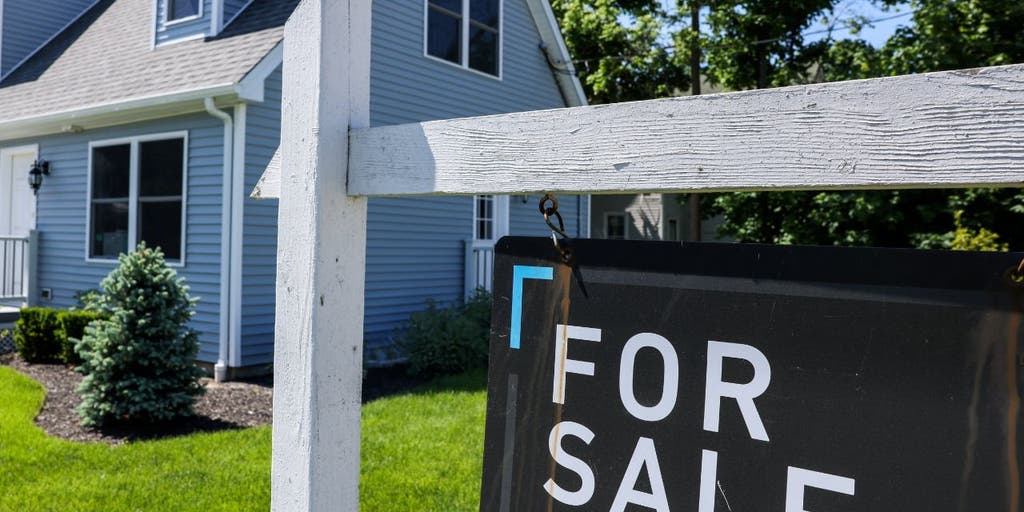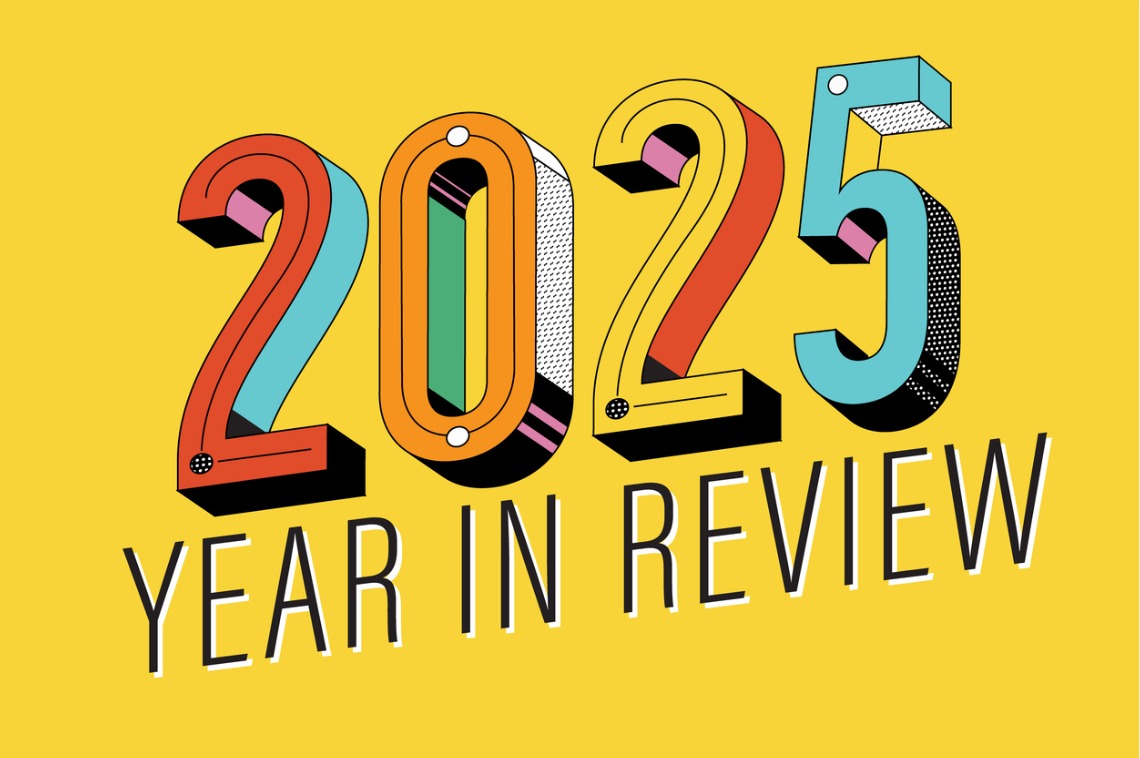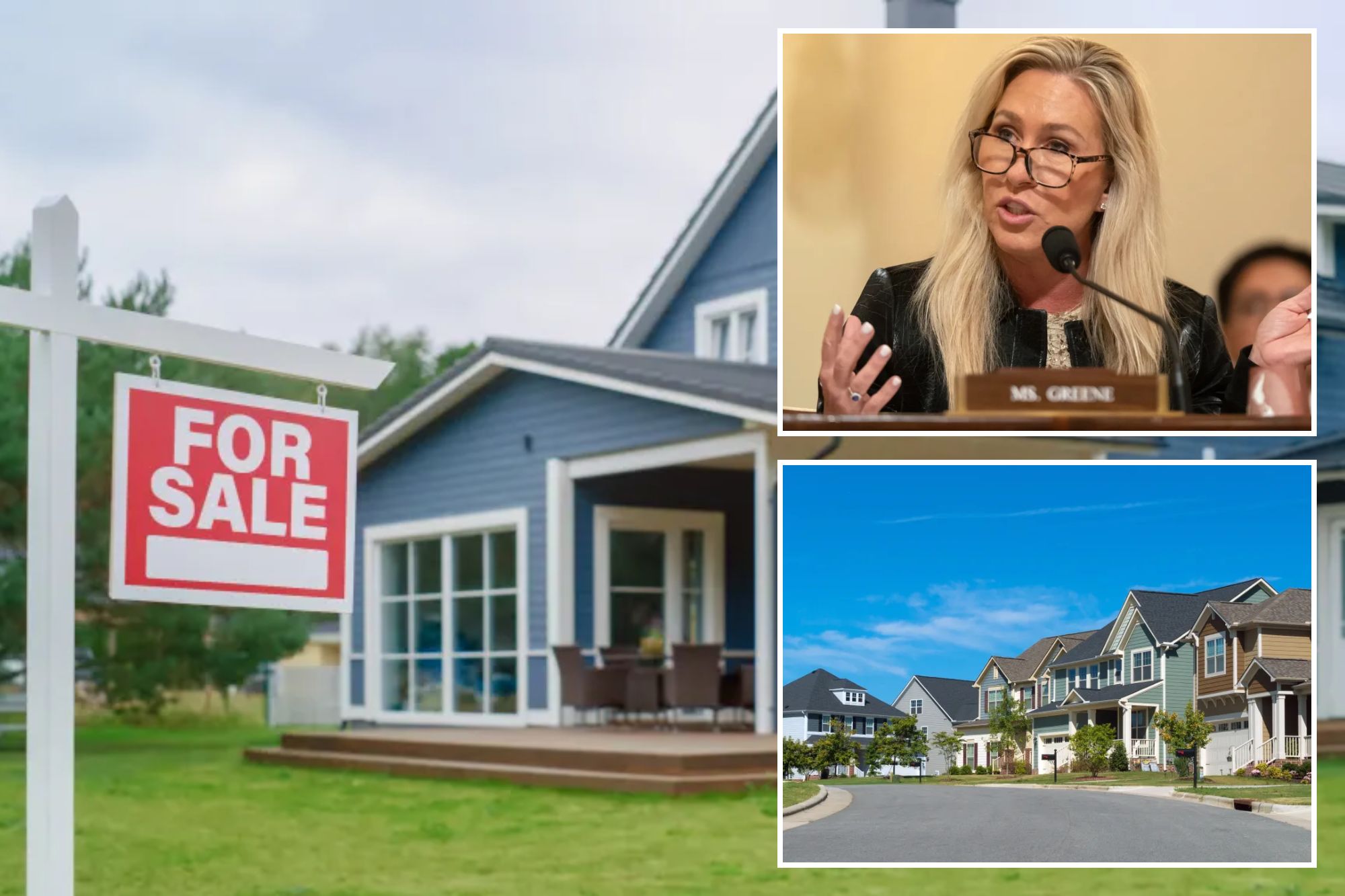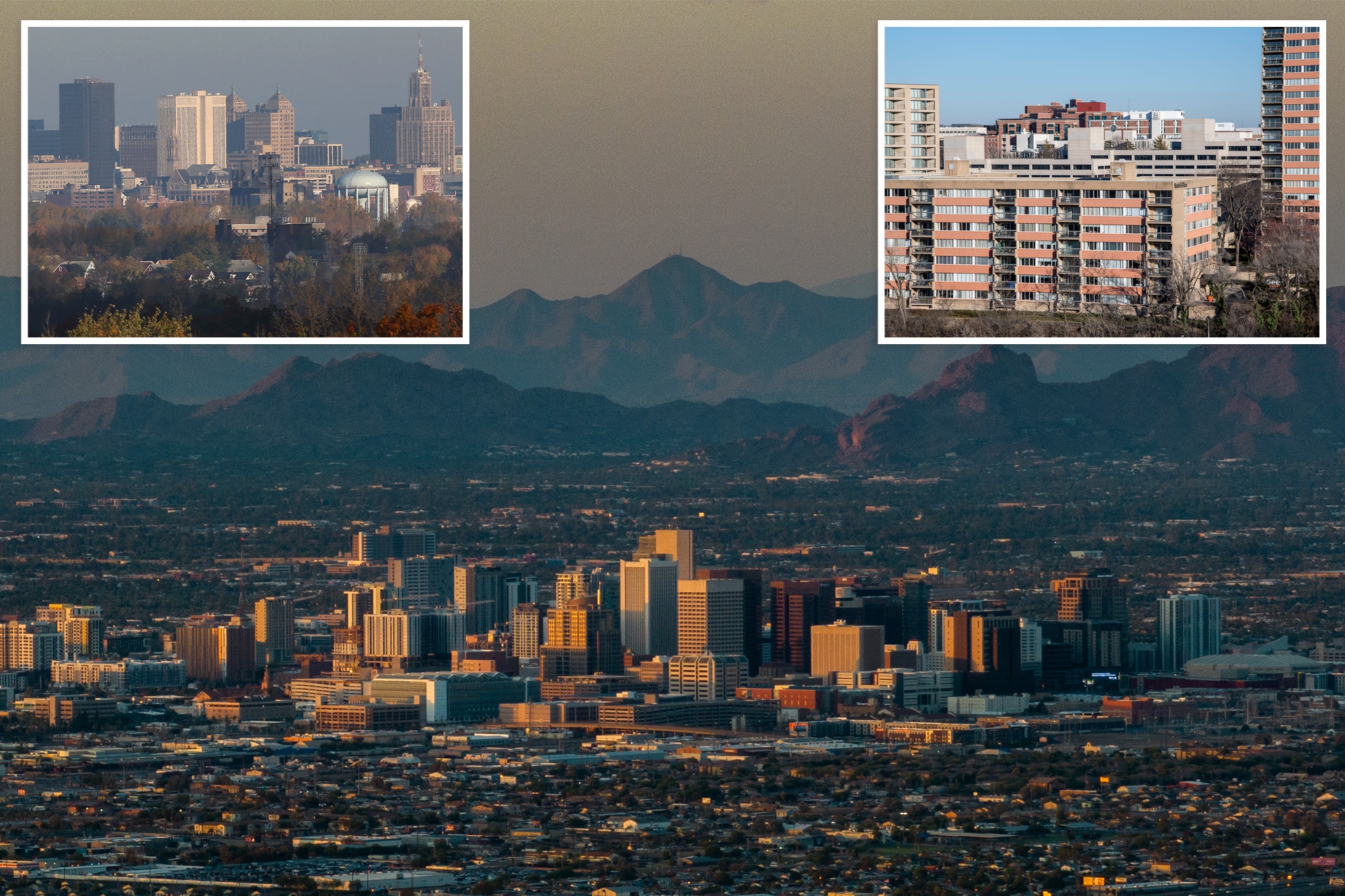H
ousing affordability and supply remain significant challenges for many Americans. A recent report from the National Association of Realtors (NAR) and Realtor.com found that nationwide inventory has increased compared to last year, but affordable homes are still out of reach for many buyers. Middle-income buyers with $75,000 in annual pay saw a notable increase in the share of homes they can afford, rising from 20.8% in March 2024 to 21.2% this year. However, this remains 27.6 percentage points lower than pre-pandemic levels and 26.9 percentage points short of what they should be able to buy in a balanced market.
Middle-income buyers face an "affordability gap" of over 415,900 homes priced below $254,780. NAR Senior Economist Nadia Evangelou noted that this income group has the largest shortage of affordable listings and faces the biggest deficit of affordable homes. Upper-middle-income buyers also saw an increase in the share of homes they can afford, but still have a significant gap to bridge.
Low-income buyers, on the other hand, have seen no improvement in the share of listings they can afford. Households with annual incomes below $50,000 experienced a decline in the proportion of up-for-sale homes accessible to them. Evangelou emphasized that more homes need to come onto the market and be priced correctly to address the affordability crisis.
The report also highlighted an "interesting shift" in home builders constructing smaller homes, which can help provide more choices at price points affordable for income groups like middle-income buyers. However, Evangelou stressed that this alone won't fix the issue unless there's a better match between what's being built and what people can afford.
In terms of metropolitan areas and states, 30% were found to be getting closer to balance in terms of affordable home supply across income levels, while 44% were stuck in the middle. Iowa, Ohio, Indiana, Illinois, and West Virginia stood out as the five states with housing markets closest to balanced, while Montana, Idaho, California, Massachusetts, and Hawaii had the largest shortfall of affordable listings.
Evangelou emphasized that a housing market that works for everyone requires intentional planning about what's being built, where it's being built, and who it's being built for.














